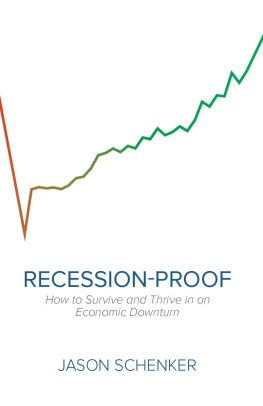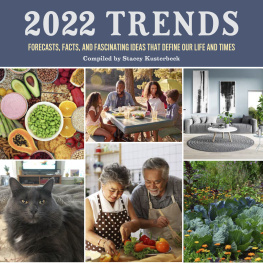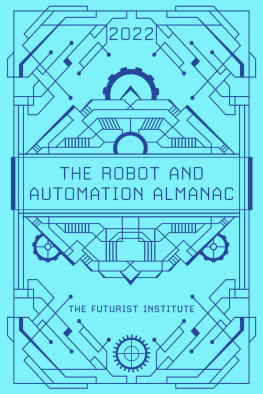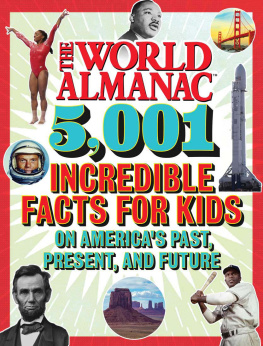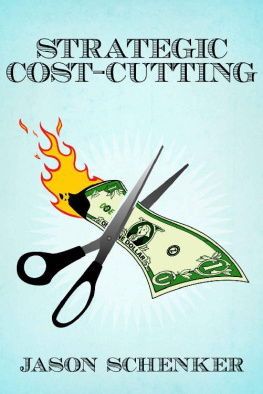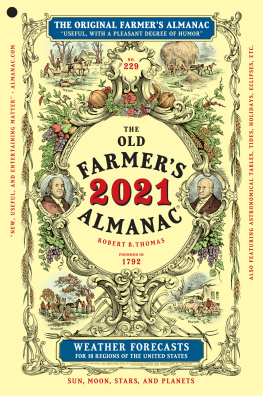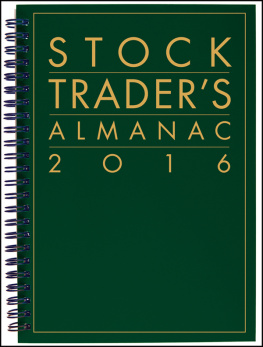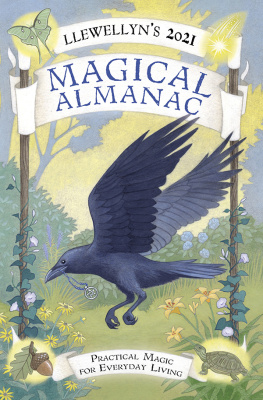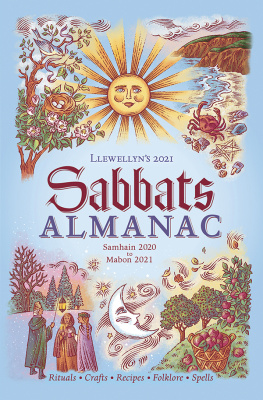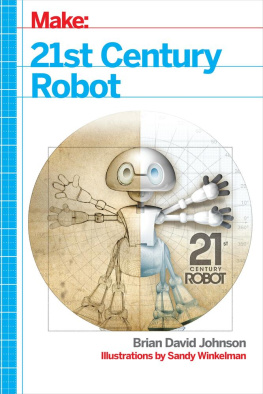THE ROBOT AND AUTOMATION ALMANAC
2021
Edited by Jason Schenker
Chairman of The Futurist Institute
Copyright 2020 Prestige Professional Publishing, LLC
All rights reserved.
THE ROBOT AND AUTOMATION ALMANAC - 2021
THE FUTURIST INSTITUTE
EDITED BY JASON SCHENKER
Between Robocalypse and Robotopia
COVID Edition
BY JASON SCHENKER
No part of this publication may be reproduced, copied, stored in or transmitted into a data retrieval system, or transmitted in any form, or by any means (electronic, mechanical, photocopying, recording, or any other method) without written permission of the publisher, Prestige Professional Publishing, LLC.
ISBN: 978-1-946197-68-9 Paperback
978-1-946197-71-9 Ebook
For futurists everywhere.
CONTENTS
INTRODUCTION
THE YEAR AHEAD AND BEYOND
PREFACE
FROM THE FUTURIST INSTITUTE
So much has changed in the past year. The disruption of COVID-19 has created a greater need to think strategically about the future than ever before. It is my hope that The Robot and Automation Almanac - 2021 helps you consider the future in this way.
On behalf of The Futurist Institute, I want to acknowledge and thank all of the contributors to The Robot and Automation Almanac - 2021 . As in the past three years, we have an amazing cohort of contributors in the fields of robots, automation, and AI this year.
Thank you to Michael Walton, Kevin Paramore, Brandon Coats, Chris Lingamfelter, Djamila Amimer, Kyle Palko, Ragu Athinarayanan, Xiumin Diao, Balamurugan Balakreshnan, Matthew Frazier, Patrick Davison, Cecilia Bostro m, Garrett Place, Kaleb Steinhauer, Micah Green, Steven LaFevers, Nawfal Patel, Jacob Sotiriadis, Robert Handfield, and Daniel Stanton. I am humbled by this list of amazing authors!
The contributions of these leaders will help shape the vision for robots, automation, and AI in the year to comeand beyond. Their words and expectations for the big thing in the year ahead have created an important vision of the future.
Without them, this book would never have happened. Their visions of the future are both exciting and valuable.
I also want to thank parties who have helped out by providing recommendations for potential contributors, including MHIthe Material Handling Industry groupwith which my financial market research firm, Prestige Economics, has a long-standing relationship.
Additionally, I need to thank the individuals who have provided support and feedback to this project, especially Nawfal Patel, who helped managed the process so that this book could come to fruition. And, of course, Kerry Ellis has my gratitude for designing such a wonderful cover for the almanac.
It is my personal pleasure to have been involved in this undertaking. The robotics, automation, and AI industries are still very new, but they are becoming more important. And it is with great pleasure that The Futurist Institute is able to support the companies in these industries with this almanac.
I founded The Futurist Institute to help strategists, analysts, and executives become futurists in October 2016; we recently began our fifth year of operations. In the wake of the COVID-19 pandemic, our year has been off to a busy start.
With the inaugural edition of The Robot and Automation Almanac in 2018, The Futurist Institute created an invaluable tool for professionals, individuals, and investors seeking to understand the implications of robots and automation for their personal, professional, and investing lives.
We have similarly high expectations for how The Robot and Automation Almanac - 2021 will presage changes in the year ahead, and that it will also help professionals think strategically about a variety of potential changes in the wake of the COVID-19 disruption that has dominated 2020.
The transition from the information age into the automation age is underway. Thank you for being a part of this dynamic shift.
Welcome to the future! ~
Jason Schenker
Chairman of The Futurist Institute
Editor of The Robot and Automation Almanac
INT RODUCTION
THE YEAR AHEAD AND BEYOND
Jas on Schenker
- Chairman of The Futurist Institute -
Every year the topics of robots, automation, and artificial intelligence become more important. These topics became even more critical against the backdrop of the COVID-19 pandemic. And during the pandemic automation in the supply chain became both more critical and more visible than ever.
When I took MBA courses in the early 2000s, the words supply chain were barely uttered. But as a result of the COVID-19 pandemic, and the associated shortages of paper products and concerns about food, now everyone from grannies to little kids knows what supply chain is.
This is the fourth edition of The Robot and Automation Almanac , and supply chain-related automation features prominently in this editionas has been the case in each of the previous editions.
We are on the verge of the age of automation. And COVID-19 pushed that automation forward.
While automation has been driven by convenience, operational efficiency, and economic incentives, the pandemic engendered necessity.
Going into 2020, there were domestic and global macroeconomic risks. And the trade war was still raging. These were the biggest risks that threatened to weigh on business investment, including hindering some technological investments.
Then COVID-19 broke out, and that changed the year entirely. For many industries, COVID-19 was devastating. But supply chain, automation, robots, robotics, contactless technologies, big data, AI, and remote work have seen a surge of adoption, development, and growth.
Whats next for robots, automation, and AI in 2021? This is the question that our contributors have answered in this book.
The year ahead is going to be one of significant expansion in robots and automation. It will be a year of advancements across the technological gamut that allows for digital transformation to be more complete and integrated for business operations as well as our own personal lives.
In addition to their contributions, we are also grateful for all of the images our contributors granted us permission to use in this book.
The history of robots and automation is being written now. When people look back a decade from now, they will want to know how robots and automation evolved. They will want to understand how robots and AI became more integrated.
They will wish they had known more when it was happening.
They will wish they had read The Robot and Automation Almanac as it was happening. ~
Jason Schenker is the Chairman of The Futurist Institute.
THE F UTURE IS FOR FUTURISTS
Jason Schenker
- Chairman of The Futurist Institute -
People define the word futurist differently. I consider myself an applied futurist, with a practical, sober, and data-driven approach to the future. In my world, and for those of us at The Futurist Institute, a futurist is someone who looks at the trends of the past and the data of the present to formulate expectations of the future. Normally, futurists operate in a time window beyond that of economists and financial market analysts. In other words, futurists have usually made predictions about trends, technology, and markets in the 10-year window or so.





